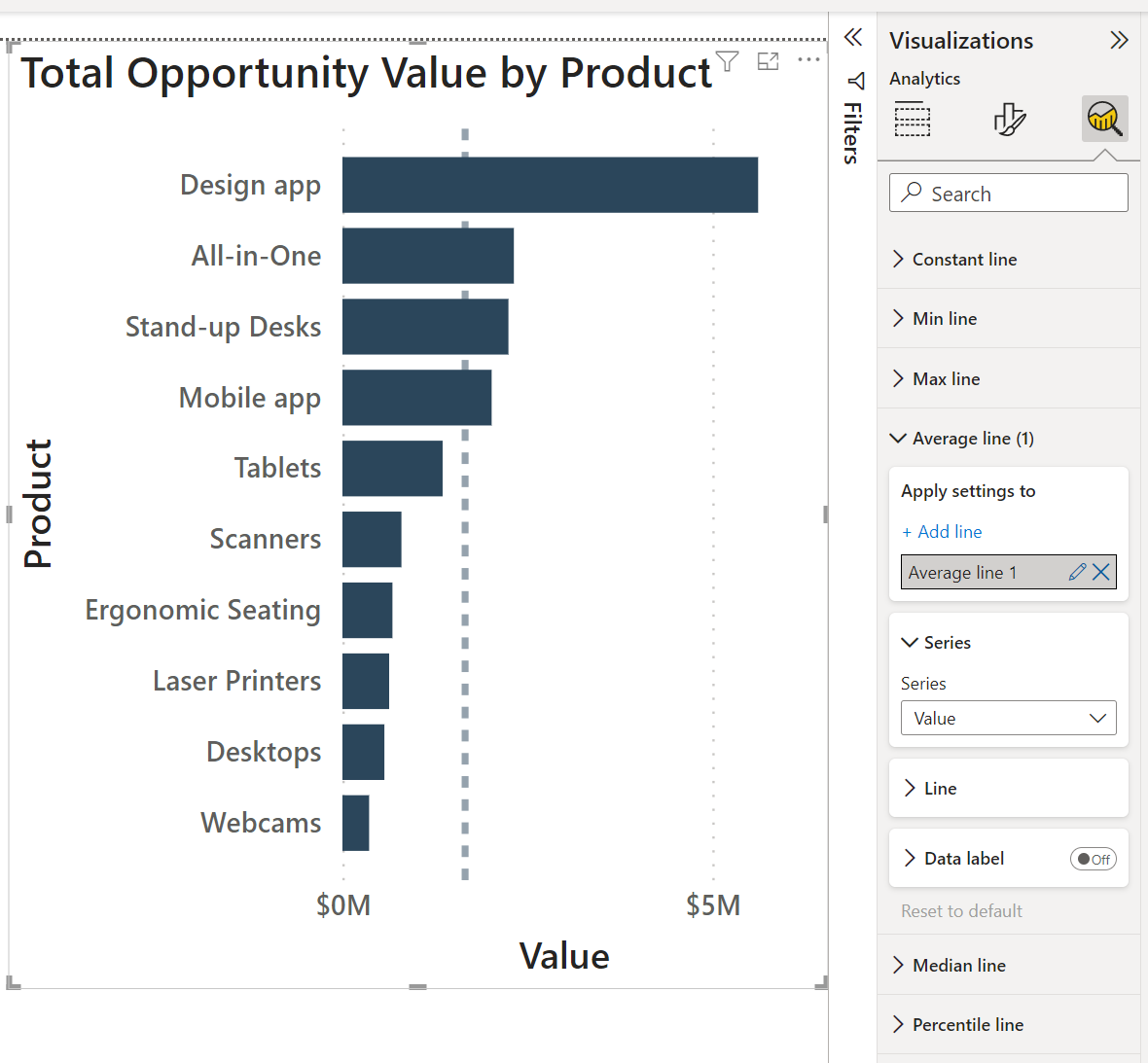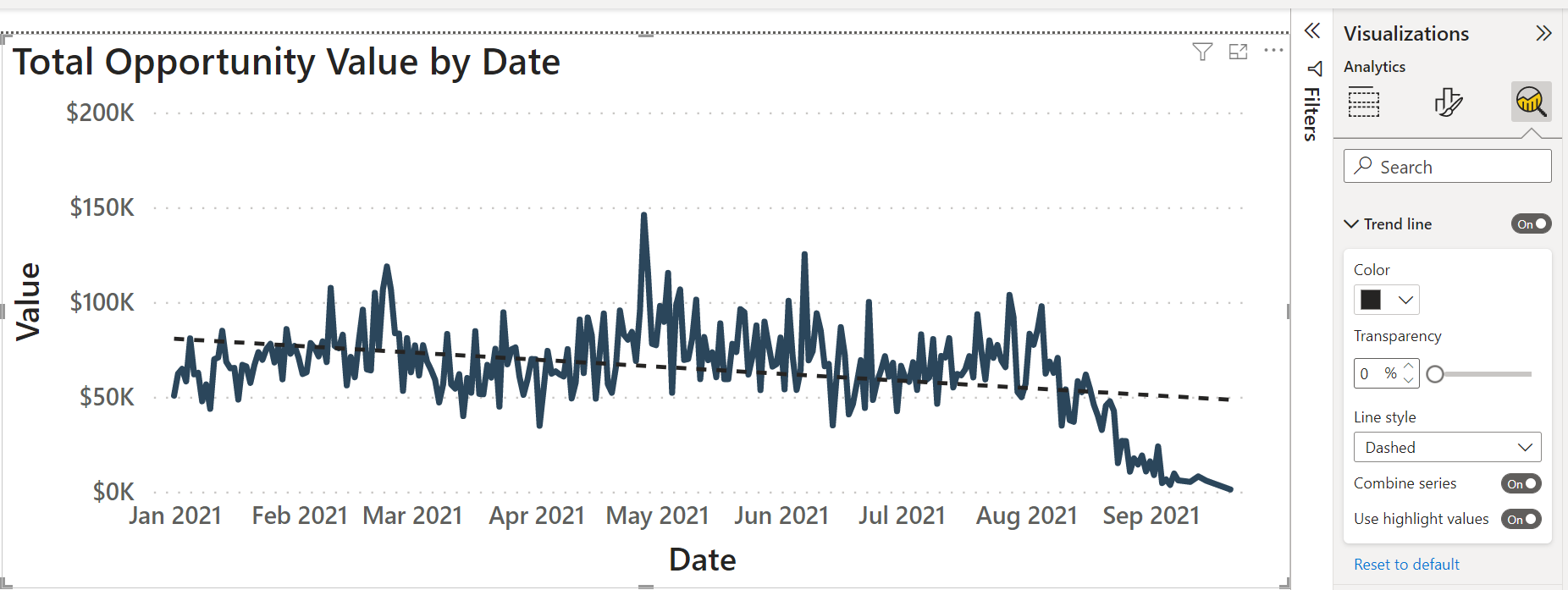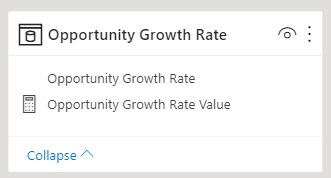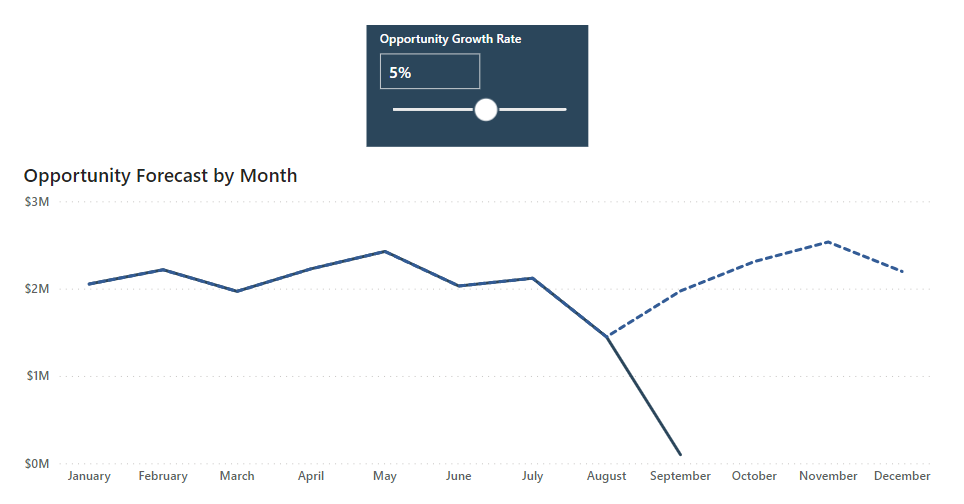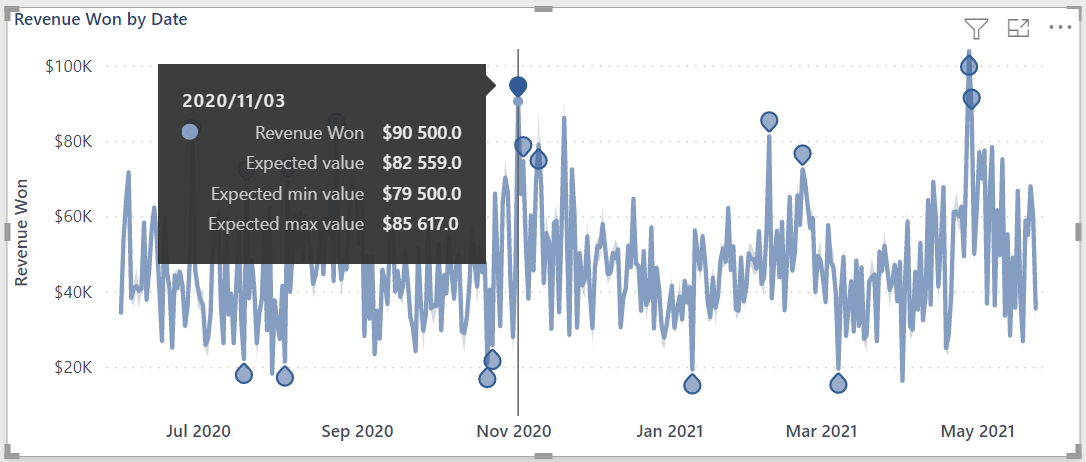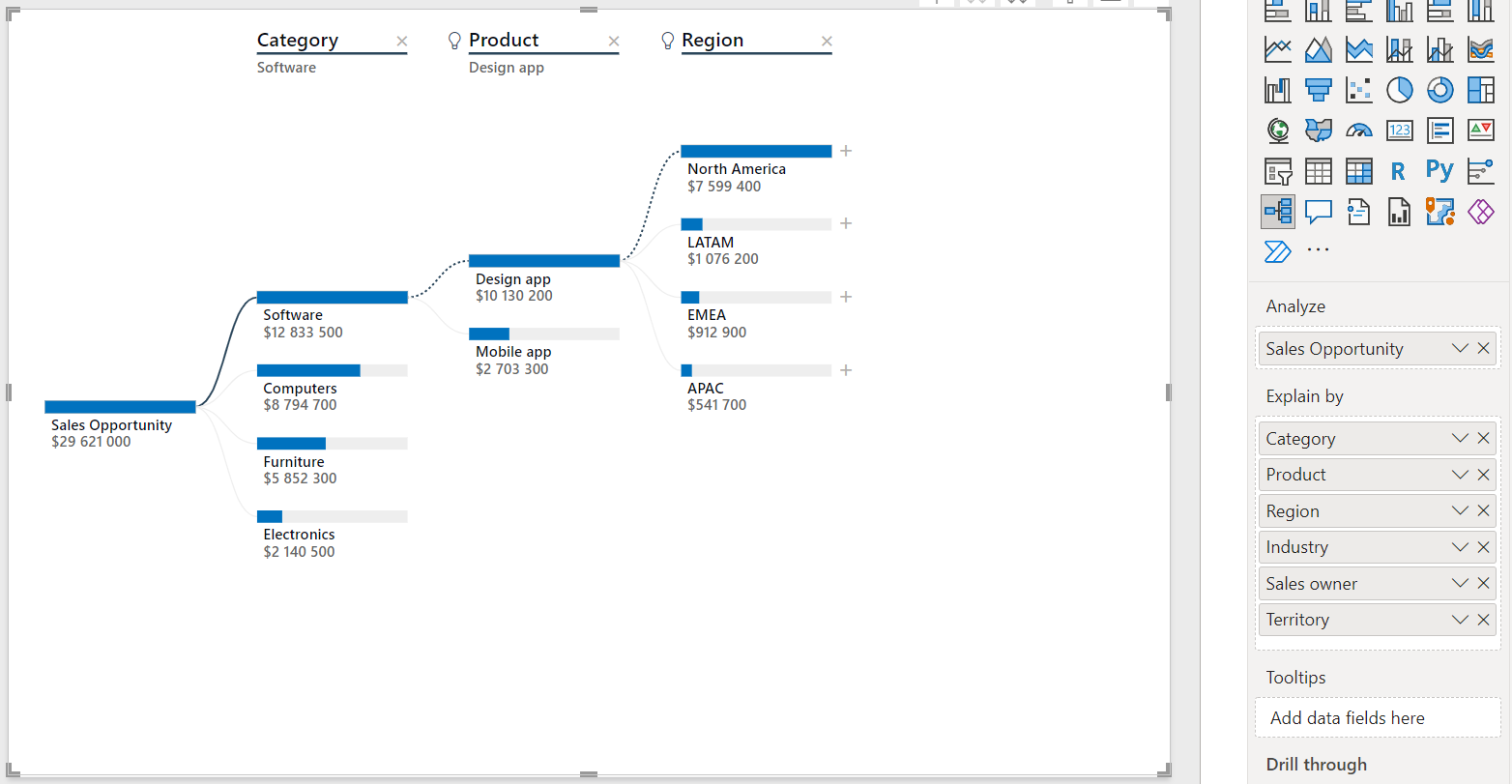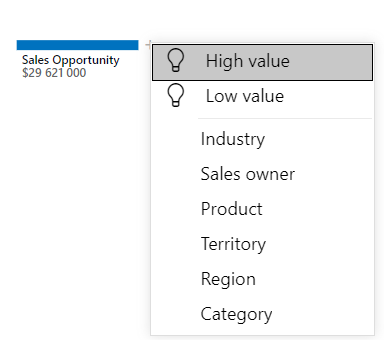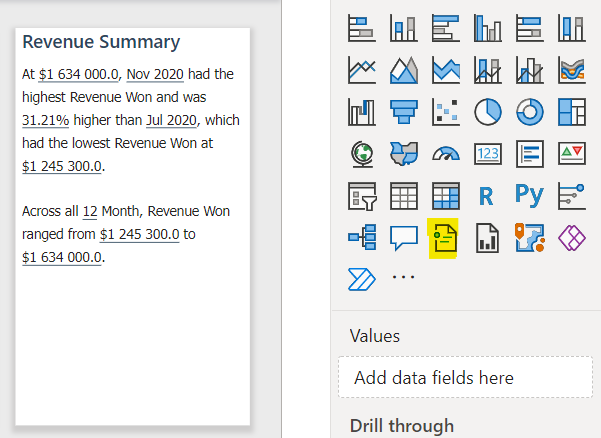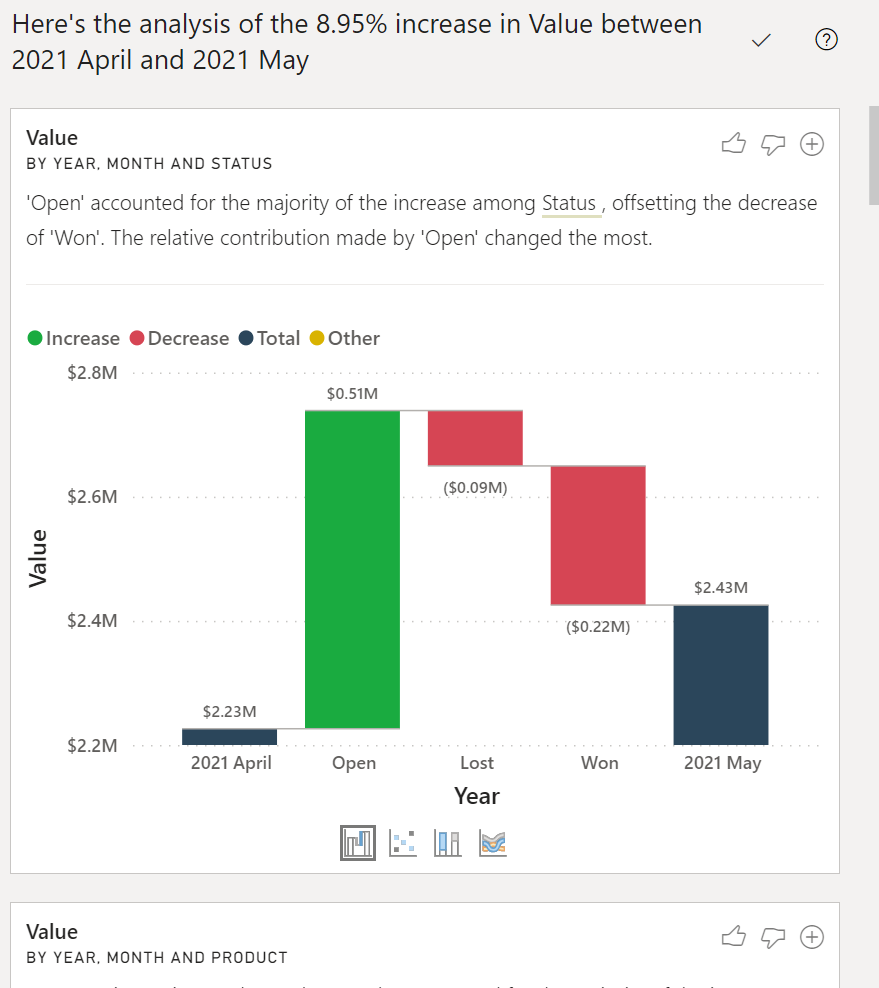Power BI has launched in the year 2013, keeping in mind the modern data-driven world to make decision-making reports and get insights from the data sets. It is a product of Microsoft, and they entered the market with the below slogan.
Table of contents
In this article, we will take a tour of the top 8 features of Power BI –
- Data Connection
- Data Relationships
- Power Query, Power Pivot Access
- Cost of Power BI
- Custom Visualizations
- Power BI Question and Answers
- Report Sharing
- Mobile App

You are free to use this image on your website, templates etc, Please provide us with an attribution link
Features of Microsoft Power BI
#1 – Data Connection
As an Excel user, we usually get the data in the form of an “Excel Workbook” itself or in a Text file or in the CSV file. But this is not the case with Power BI because it can get data almost from everywhere.
Microsoft has developed data source connections with a huge list of sources like SQL, Azure, Excel, Text, CSV, PDF, Cloud, on-premises data. It doesn’t matter where the data is and what format it is; we will get a detailed view of the data.

#2 – Data Relationships
In Power, if you have data in multiple columns, then we can define the relationship between those tables based on at least one matching column from either table. Below is the screenshot of creating relationships between tables.
We call this process as “Data Modelling” in Power BI.

#3 – Power Query, Power Pivot Access
In Power BI, we can edit the data by using “Power Query in Excel” and “Power Pivot.” These are all different components of Power BI, which helps the user to alter the data in such a way it fits their needs. Power BI Query is used to data transformation and manipulation tools, and Power Pivot is a memory tool to model the data.

#4 – Cost of Power BI
I would consider Power BI cost as its one of the key feature because when you compare Power Bi with other data visualization tools like Tableau, QlikView and other products cost much lesser than that.
And one more thing about Power BI is its free version of Power BI Desktop comes at a free of cost with enough features for the starter to get started with data visualization.
#5 – Custom Visualizations
Power BI comes with a lot of built-in visuals to build dashboards and reports. Apart from these built-in visuals, users are allowed to download the custom visuals from market places as per their requirement.

#6 – Power BI Question and Answers
Power BI can answer your queries regarding the uploaded data. After the data uploaded to Power BI, it would help you with the information required, like “what are the total sales for the year 2018?” you just have to type the question, and it would immediately show the result with a beautiful visual or chart.
#7 – Report Sharing
When you share a report in excel, you share along with the data sets, but in Power BI using Power BI Pro services, we can share the report with team members without worrying about the data security.

#8 – Mobile App
Power BI app is available to download. This makes the report reaching to the end users much easier and simpler. Once the report is shared with the end-user, they need to sit in front of the laptop or system rather; they can just open the Power BI app on their mobile and start reading the report instantly.

Other Features
- A quick share of reports to colleagues or others through Power BI Services.
- Real-time analytics.
- Representation of the data through rich visuals and graphics.
- Have control over end-users activities.
- Simple drag and drop method to create visualizations and dashboards
- An easy way of data import and export options.
- Auto-refresh of data in case of a cloud-based data source.
- Interactive dashboard with slicers and filters.
- Easy installation procedures.
- DAX functions to create calculated measures.
- Using Power BI Publish to the web, we can publish the story on our organization websites with stunning visualizations.
